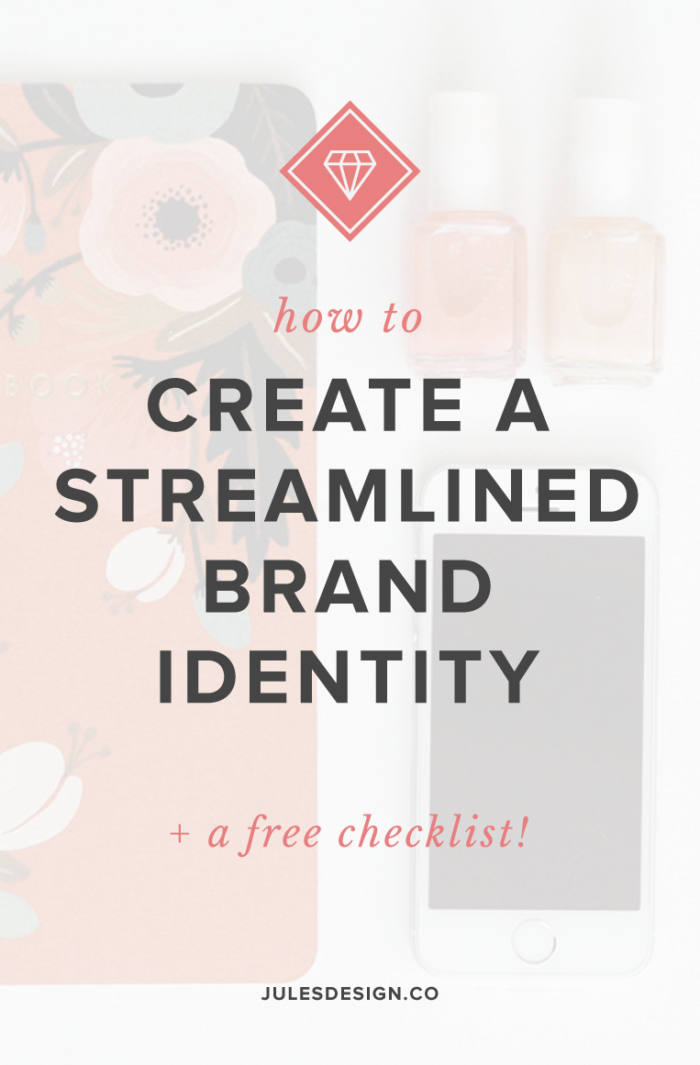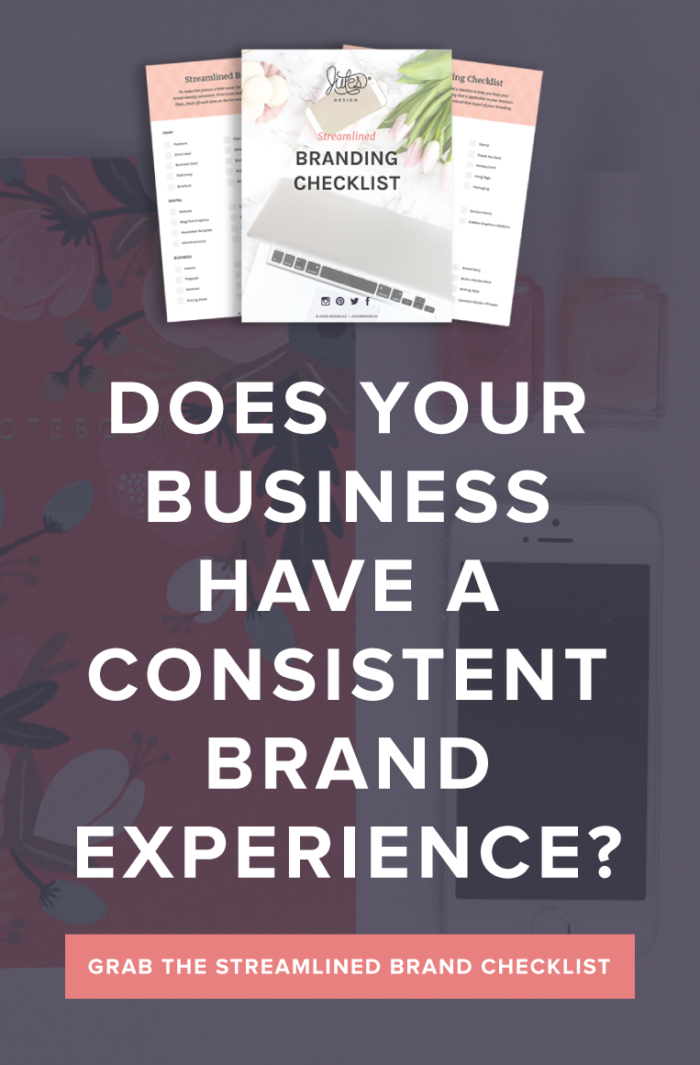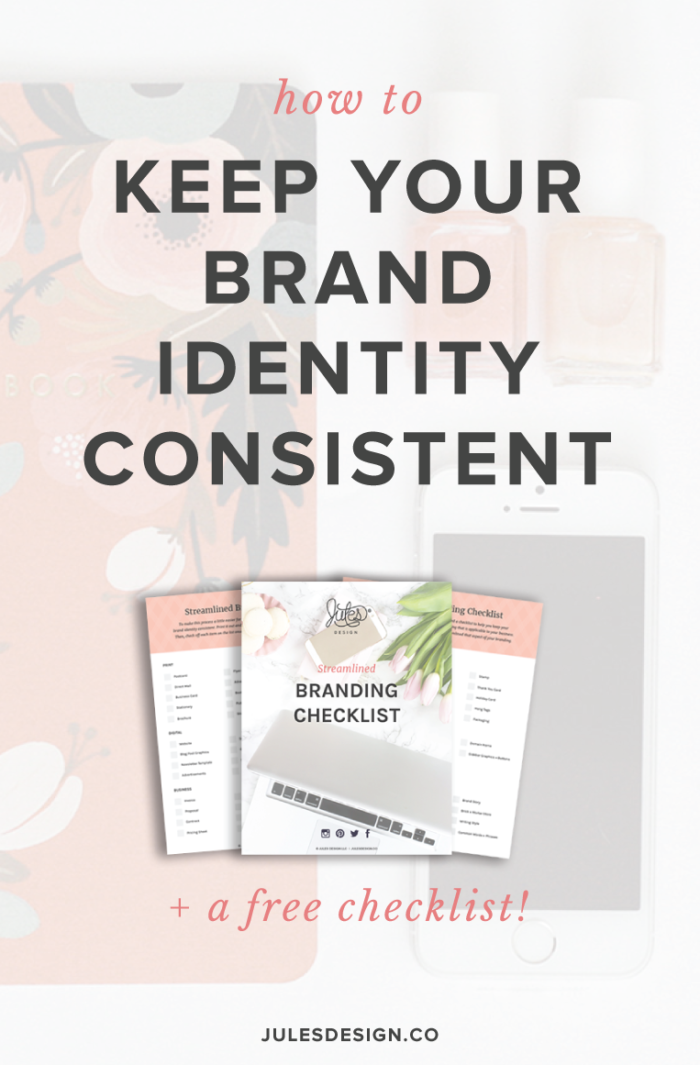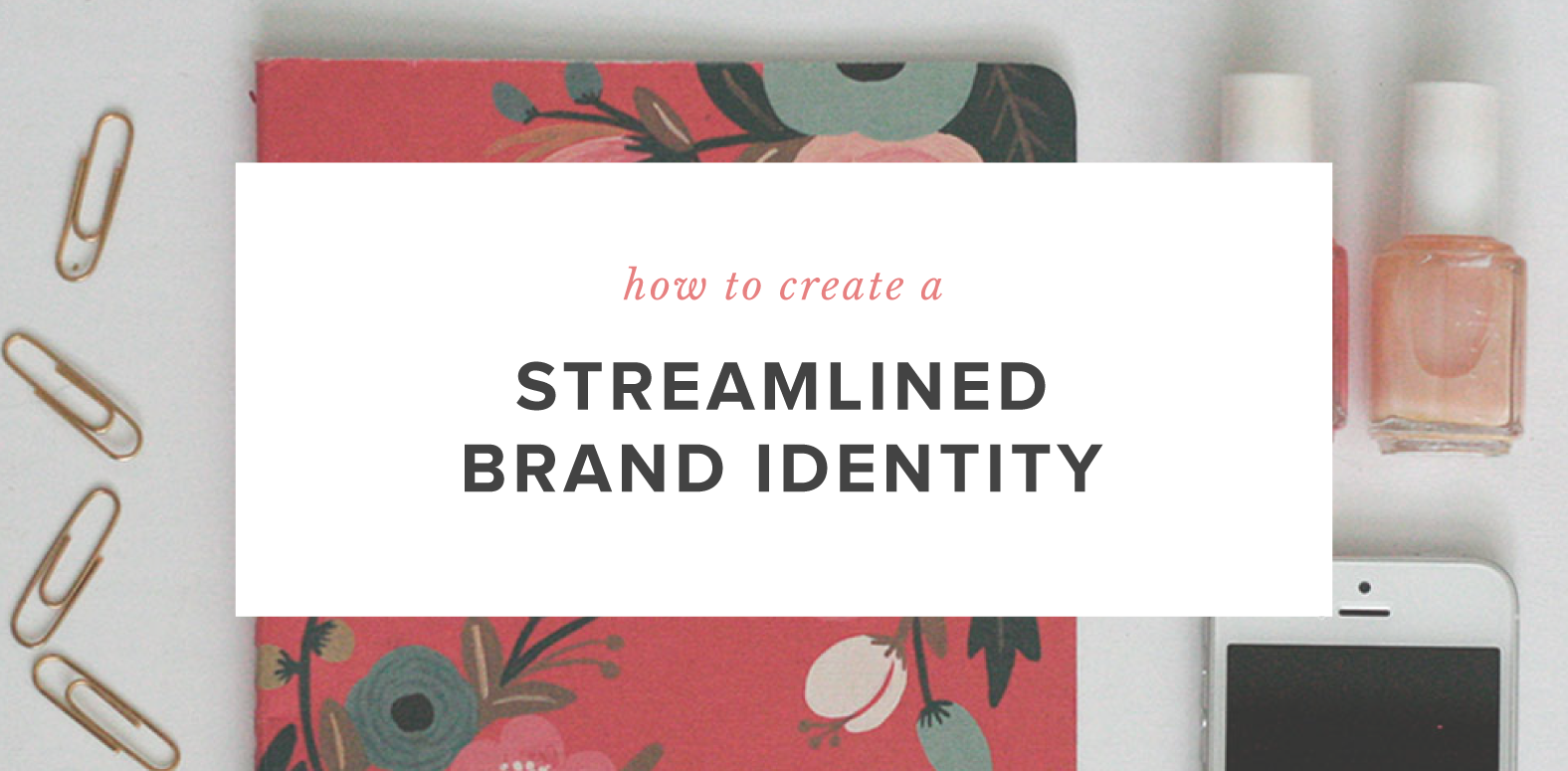
So many people think of branding as just a logo design. But, a brand identity really encompasses so much more than a simple logo. Keeping your brand consistent on all platforms and mediums makes your brand more memorable. A streamlined experience ensures that your audience will get to know and trust you.
Here’s an example – You’re getting married and a friend of yours mentions that they know of a great florist that you should reach out too. You’re really excited about the recommendation and all of the praise that your friend has about the company. But, then you go to their website and see that it looks like it’s from the 90s. Their portfolio pictures are really small and their social media presence is all over the place. You aren’t able to get a good idea of what working with them would be like. You leave the website disappointed and start looking for a different florist.
In this case, the florist lost out on working with you, the client, because their brand was inconsistent and messy. And that’s even after hearing a glowing review from a trusted friend. This shows inconsistent branding because their visuals/communication did not match up with their service.
Ask yourself, is your brand streamlined? Does your business have a similar look and feel across multiple platforms? Does the quality of your printed designs match up with your digital presence?
If you need a little help, then keep reading! I’m going to break down how to keep your branding consistent, right here. I also created a free streamlined branding checklist, which includes a big list of materials, that should remain consistent. That way, nothing slips through the cracks.
Digital Presence
If your business is primarily online, then it’s critical to have a website that is consistent with your branding. This is why I offer a design package that includes both branding and website design. If you don’t have proper branding in place before you start on a website, it turns into a mess really quickly. Developing brand rules, first and foremost, is the best way to ensure consistency across all platforms.
After your branding is complete, the next thing I recommend doing is building out your brand’s digital presence. Your website is a hub for everything that is going on in your brand. You might use social media a bunch, but the goal is always to get people onto your website so that they can take action. Usually, by either joining your email list or purchasing from you.
Also remember, that your digital presence includes so much more than just a website. It also includes social media graphics, digital PDF downloads, your newsletter, online advertising, and even invoices. It all should have a streamlined appearance.
Tip: If you aren’t a designer, keep it simple. Use the same fonts and colors that your designer used and focus on keeping things minimalistic.
Photography
I’m constantly talking about how important quality photography is for your brand identity and I’m not changing my mind about it anytime soon. In fact, I’ve made it a part of my brand design process to always discuss photography with my clients. I provide examples during the branding process so that my clients know exactly what kinds of photography they should use to create consistency in their images.
Photography is used across all mediums. Things like, social media, your website, print materials and virtually everything I included in the bonus checklist that has a visual component. Using quality photography, with a consistent look and feel, helps others to make a connection with YOUR branding.
Luckily, there are so many ways to go about sourcing quality photos. You can purchase stock photos individually or get a monthly subscription service. Or, you could hire a photographer, have a friend help you to take photos, or take the photos yourself if you have an interest in photography. Just make sure that the photos fit in with your brand identity and that everything is cohesive.
Blog Posts
Technically, this is a part of your digital presence but I wanted to separate it so that I could talk a little more about why it’s so important. If you are blogging and using Pinterest to get traffic over to your website then you probably know how important it is to use vertical images in your blog posts. As you know, these stick out on Pinterest and are more likely to get re-pinned and potentially go viral.
These images should be consistent with your overall brand identity. If the pin doesn’t match the overall look of your brand and website, then it’s really not doing its job. It should be a smaller, visual representation of your brand.
Create a few templates in Illustrator, Photoshop, Canva, PicMonkey – whatever you use and stick to it every time you create a new post. That way, as your pins become more popular, your brand will start to have recognition before someone even clicks over to read the post. People should know, just by seeing the pin, that it’s yours.
If you aren’t into creating graphics yourself then ask your graphic designer for help! Your designer can create a template for you. That way, you only need to swap out the photo and text for each image moving forward.
Printed Materials
Even if your business runs primarily online, you might come across times that you need something on paper. At a minimum, it’s good practice to have business cards on hand. You never know when an opportunity might come your way. Plus, it really makes you feel boss when you hand over your card and you know it looks (and feels) amazing!
And for many businesses, you might need even more marketing pieces. This can include things like letterhead, stationery, brochures, and postcards. If you sell goods digitally or in person you might also require packing design – such as stickers, stamps, boxes, and tags. I cover all of these and more in the checklist!
Communication
When you talk to someone via email, on the phone, social media, or in person does their experience match up with what you have been portraying visually. Keeping things consistent will help others to make the connection between your brand visuals and communication.
When in doubt, always be yourself both online and in person. You likely won’t be able to keep up a false persona anyways. And, that can just lead to confusion because others will not understand what your real voice is.
Automation is also key here. To give your clients a streamlined communication process you can set-up canned emails using Gmail or automation with Zapier to ensure that things are consistent across the board. That way, all of your clients get a similar communication experience from you.
For some brands, it’s not as simple as just being yourself in your messaging. This is especially true for product-based businesses or businesses that have employees. You will need to step into a persona to sell your product to others. If this is your situation, take some time to write out key phrases that you will use consistently to represent your brand. That way, you can fall back on these phrases in your messaging. You can also compare anything new that you write, to the phrases, to ensure that your voice is remaining on brand.
Your Process
If you’re a service based business then you need to have a process in place for working with your clients. It needs to be streamlined and easy to follow to ensure that your client enjoys the experience. Not only that, but the experience should match up with their expectations of you. And these expectations have come from, you guessed it, your branding.
Everything up until this point was preliminary work that got you the client. Dropping the ball during your services process is the worst thing that you could do for your business. After all, it’s much easier to keep a client then you find a new one. You need to be professional, open-minded, and friendly when working together. And, make sure to answer emails in a timely fashion and just be an overall professional.
Using a project management system, to keep your process on track will set you up for success from the start. In the app, be upfront about due dates, feedback, and how you expect communication to go down. Your clients will appreciate you taking the reins and leading them through a process that gets results.
If you’re a product based business then you also have to lead customers through a process that is consistent with your communication style. For brick and mortar – this is your actual shop. Is the window display consistent with your brand identity? Do your employees respect and follow the brand values?
If you’re an online shop – this is your checkout process. Is the checkout process easy for people to follow or are people abandoning their carts? Think about the entire process as a whole and make sure that it’s easy to follow. How can you make your customers feel extra special for choosing to purchase from you? You could try sending them a little gift or a coupon code with their order.
So now you know that branding is so much more than just a logo design. Consistency is key when developing a brand identity for your business. If you’re looking for all the things, that you could possibly ever need to streamline for your brand, then grab the Streamlined Branding Checklist below. I’ll cover everything mentioned above plus much more!
Watch the Simplify to Sell Website Workshop
I’ll show you how to streamline, connect with your niche, and earn more money from your website during this free on-demand website workshop for health and wellness professionals.


You only get one homepage. Let’s make it work harder. Get a free expert review of your homepage, so it actually attracts your dream clients!
Free Homepage Health Check
Copyright 2022 - All Rights Reserved | Website made by Jules Design (of course!)
Terms & Conditions
Privacy Policy
We are a Richmond Virginia based website design and brand identity design studio for dietitians, nutritionists, health coaches, fitness professionals and wellness entrepreneurs. We love working with brands with compassion in the health space.
